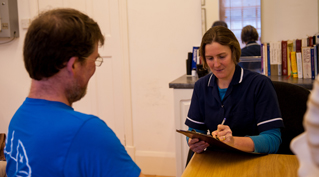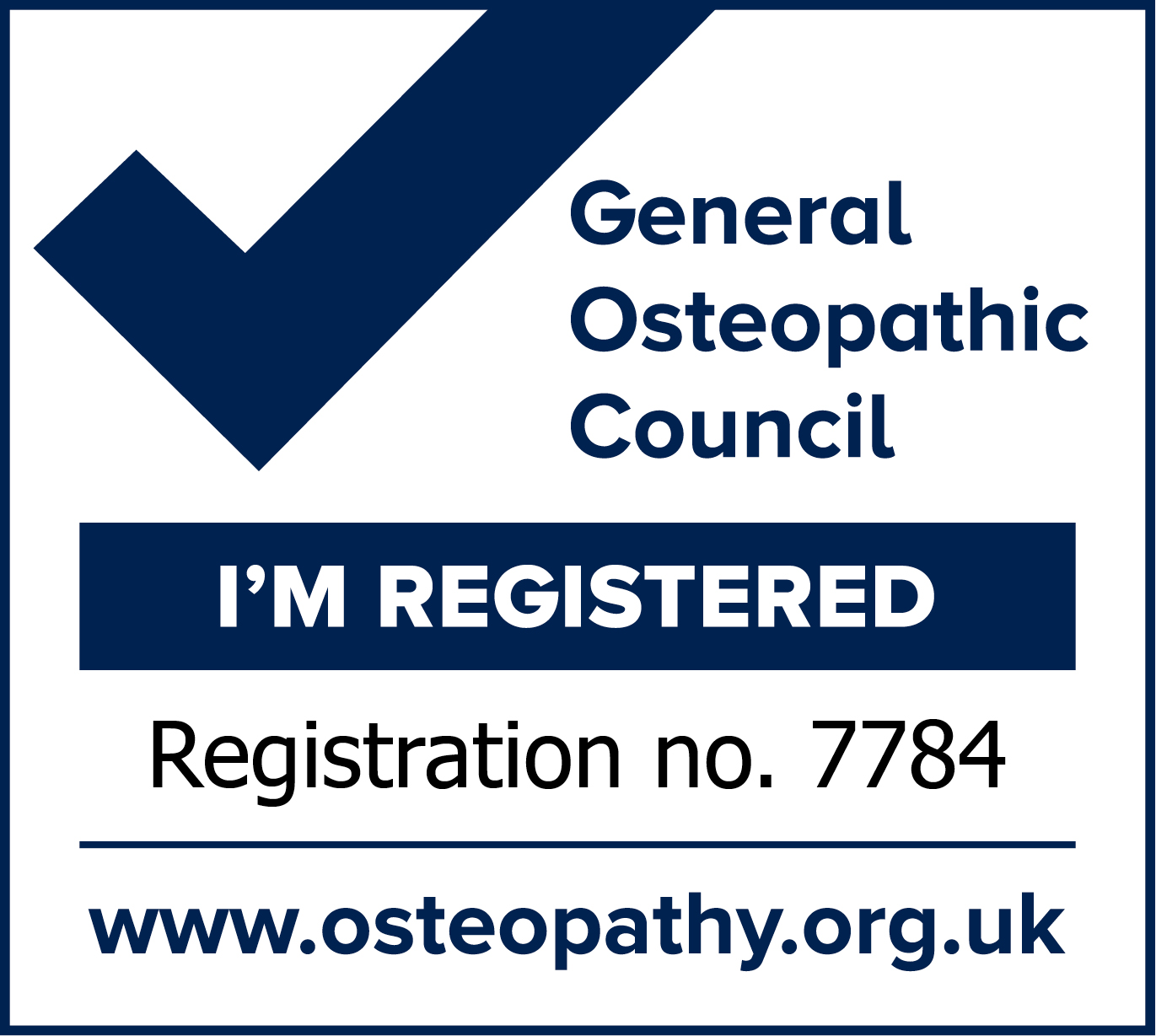What to Expect
Your first appointment will take around an hour and will include a detailed case history, physical examination, treatment and aftercare advice. Follow-up appointments will last between 30 and 40 minutes depending on the complexity of your case.
We use advance information forms so we can review your case before your appointment and target our questioning more effectively. This helps with our administration and frees up more of our consultation time for examination and treatment
We work holistically to find the root cause of your discomfort and tailor-make our treatments to fit the person, not the complaint. We provide a calm, peaceful and reassuring environment where we will discuss, evaluate and treat your complaints in full confidentiality.
Case History

We will need to collect information about your medical history and symptoms. Some musculoskeletal conditions can arise from an underlying health problem and GP referral may be more appropriate than treatment. Certain health issues require us to perform additional examinations to determine which treatment modalities and techniques are safe for us to use. It is important that you answer all questions in full and to the best of your knowledge and beliefs. Errors and ommissions can impact clinical safety and outcomes.
Physical Examination
Our assessments and treatments are hands-on and will involve physical contact for which we require consent. Consent is fluid and you have the right to withdraw your consent and terminate assessment/treatment at any time and without prejudice. Loose, comfortable clothing in which you can move around freely will be best for your appointment. We may at times ask that you dress down to your underwear. You may prefer to wear a pair of shorts and/or vest underneath your clothes. Bras that fasten at the back work better for us than do over the head sports bras. You are encouraged to bring a towel for comfort. If you have any modesty concerns please do tell us and we will find an acceptable solution.
We will perform a structural assessment and will use, where appropriate, a range of orthopaedic, neurological and clinical tests to explore your symptoms and their likely causes. It is normal to experience a degree of discomfort during assessment and treatment. We need to reproduce your symptoms in order to get a valid clinical impression and to formulate the appropriate treatment plan for you.
Treatment
The results of your assessment will inform our diagnosis which we will explain to you in full alongside the relevant treatment options. We will discuss with you their benefits, risks, common side-effects and likely successes. We will provide as much information as you require to make an informed decision on your treatment.
Our services include osteopathy, cranial osteopathy, acupuncture, massage therapies, lymphatic drainage, cupping and moxibustion. We can provide hybrid treatments in any appropriate combination.
It is not unusual for patients to experience some soreness after manual therapy treatment. This indicates a healing response and normally resolves within a couple of days. Ice can help. Please report any excessive pain to us and we will adapt accordingly. Acupuncture should not be significantly painful, although many patients report a dull ache needle sensation. Advancing the needles in-treatment can temporarily intensify any needle sensations. Our needles are all single-use and pre-sterilised. Patients may, on occasion, develop a small haematoma under the skin at an acupuncture point. This looks like a small, round, raised bruise and should go away on its own in a few days. Self massage or arnica may help it to go down sooner. Cupping should not be significantly painful, although stronger suction may leave dark circular marks on the skin, especially the fair. These are broken capillaries in the skin and nothing to worry about. They should resove in a week or two. Heat and massage may help the marks go down sooner.
Aftercare Advice
Your treatment plan may include self-management recommendations including stretches, strengthening, phased return to activities, avoidances, ice or heat. Compliance will extend your treatment effects, aid progress between appointments and give you the tools to avoid recurrence. You spend a lot more time 'with you' than you do on the treatment couch!
We are not authorised to recommend any prescription medications or make any changes to recommendations from your GP.
Follow-up Appointments
Follow-up appointments last around 30 to 45 minutes depending on the complexity of your case. We will ask for a progress update including your response to treatment and any new symptoms or adverse effects. The frequency and number of appointments that you will need depends on your presentation and how you respond to treatment. Acute problems generally require fewer treatments than chronic conditions and some patients choose to follow a maintenance programme. Appointment frequency is also determined by your particular case and response to treatment. Patients with an acute problem are likely to attend more regularly than those with a chronic condition
Your suitability for our treatment will be considered on an on-going basis. Sometimes it becomes apparent that further testing or investigation is required. We may feel, for example, that blood tests or imaging (x-ray, ultrasound, MRI) may be useful and, with your consent, will make a written request to your GP.
Above all else we will endeavour to help you with your complaints in as few of treatments as possible. Where progress is slow or you have not responded to treatment we will to refer you to another suitably experienced therapist or to an appropriate medical professional.
Right to bring a chaperone
You have the right to bring a chaperone. There is no need to tell us in advance. Chaperones are mandatory for all patients under the age of 16 and those with barriers to communication, learning difficulties, mental incapacity or severe mental health problems. We politely request that all 16 and 17 year olds attend their first appointment with a chaperone, preferably a parent/guardian. We need to record the presence and names of all chaperones.



